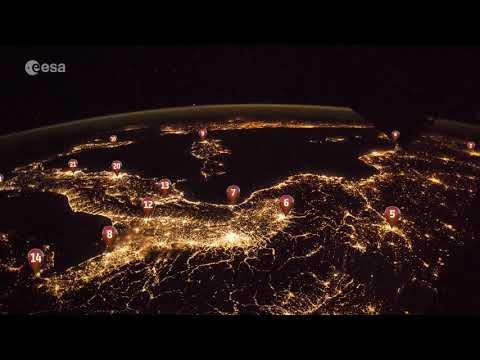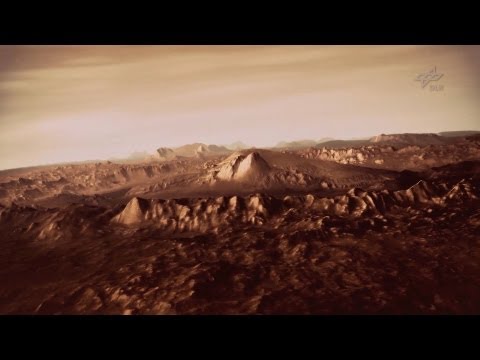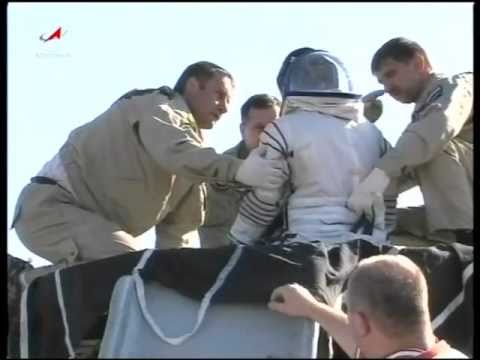ISS Expedition 52/53 Aurora Australis
On 20 August 2017, 919 photos were taken by ESA astronaut Paolo Nespoli to create this timelapse of the Aurora Australis at 25 frames per second.
Follow the VITA mission: http://blogs.esa.int/VITAmission/
Connect with Paolo via http://paolonespoli.esa.int
Camera info:
Follow the VITA mission: http://blogs.esa.int/VITAmission/ Connect with Paolo during his six-month Vita mission via http://paolonespoli.esa.int
More info:
Aperture Value: 2,971
Color Space: sRGB
Contrast: Normal
Custom Rendered: Normal process
Date Time Digitized: 20 Aug 2017 19:55:00
Digital Zoom Ratio: 1
Exif Version: 2.2.1
Exposure Bias Value: 0
Exposure Mode: Manual exposure
Exposure Program: Manual
Exposure Time: 1/0
File Source: DSC
Flash: No Flash
FNumber: 2,8
Focal Length: 16
Focal Length In 35mm Film: 16
Focal Plane Resolution Unit: centimeters
Focal Plane X Resolution: 1.368,889
Focal Plane Y Resolution: 1.368,889
Gain Control: High gain up
ISO Speed Ratings: 5.000
Lens Model: 16.0 mm f/2.8
Lens Specification: 16, 16, 2,8, 2,8
Light Source: unknown
Max Aperture Value: 3
Metering Mode: Pattern
Pixel X Dimension: 4.928
Pixel Y Dimension: 3.280
Saturation: Normal
Scene Capture Type: Standard
Scene Type: A directly photographed image
Sensing Method: One-chip color area sensor
SensitivityType: Recommended exposure index (REI)
Sharpness: Normal
Shutter Speed Value: 1/0
Subject Distance Range: unknown
Sub-second Time: 00
Sub-second Time Digitized: 00
Sub-second Time Original: 00
User Comment: NASA 2071135 77.8F
White Balance: Auto white balance
Image Number: 96.021
Lens ID: 52
Lens Info: 16, 16, 2,8, 2,8
Lens Model: 16.0 mm f/2.8





Blows my mind. The dichotomy of scale. The largest object in our solar system, shead some off the smallest and they collide with our perceivably large Earth,
then cameras on the ISS rendered it for our eyes, making a video that looks anything but.
Magnifique !
Hi, I'm part of a nonprofit arts organization titled inhabitants-tv. We're working on a free, online short video series about deep sea life and deep sea mining. One of the episodes talks about the use of satellite technology to help map the ocean floor and climate change, as well as it compares distances from the water level to the ocean seabed with distances within earth's orbit. Would it be possible use some excerpts from this video for the series? It's quite hard to access good quality Creative Commons footage of the earth's orbit otherwise. We'd really appreciate it if this would be possible. Thanks you.
Stupenda magnifica